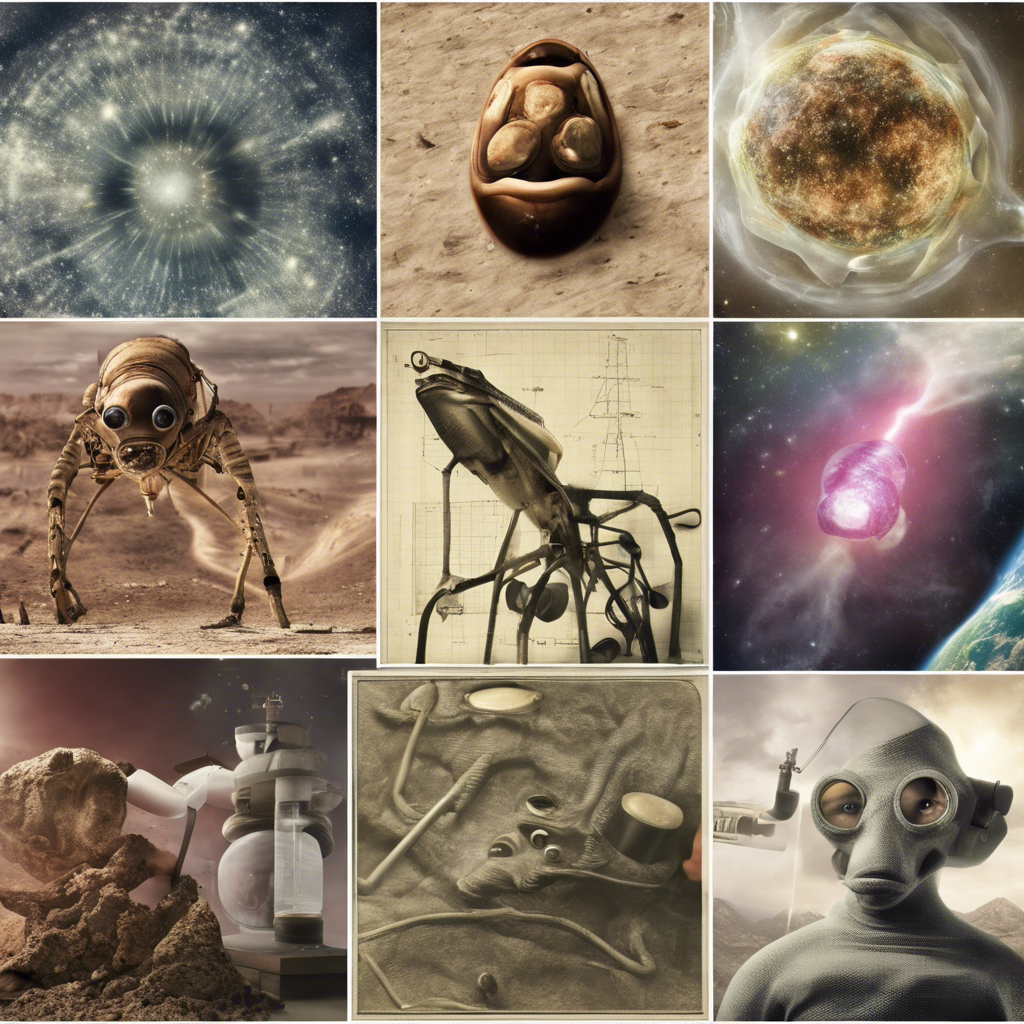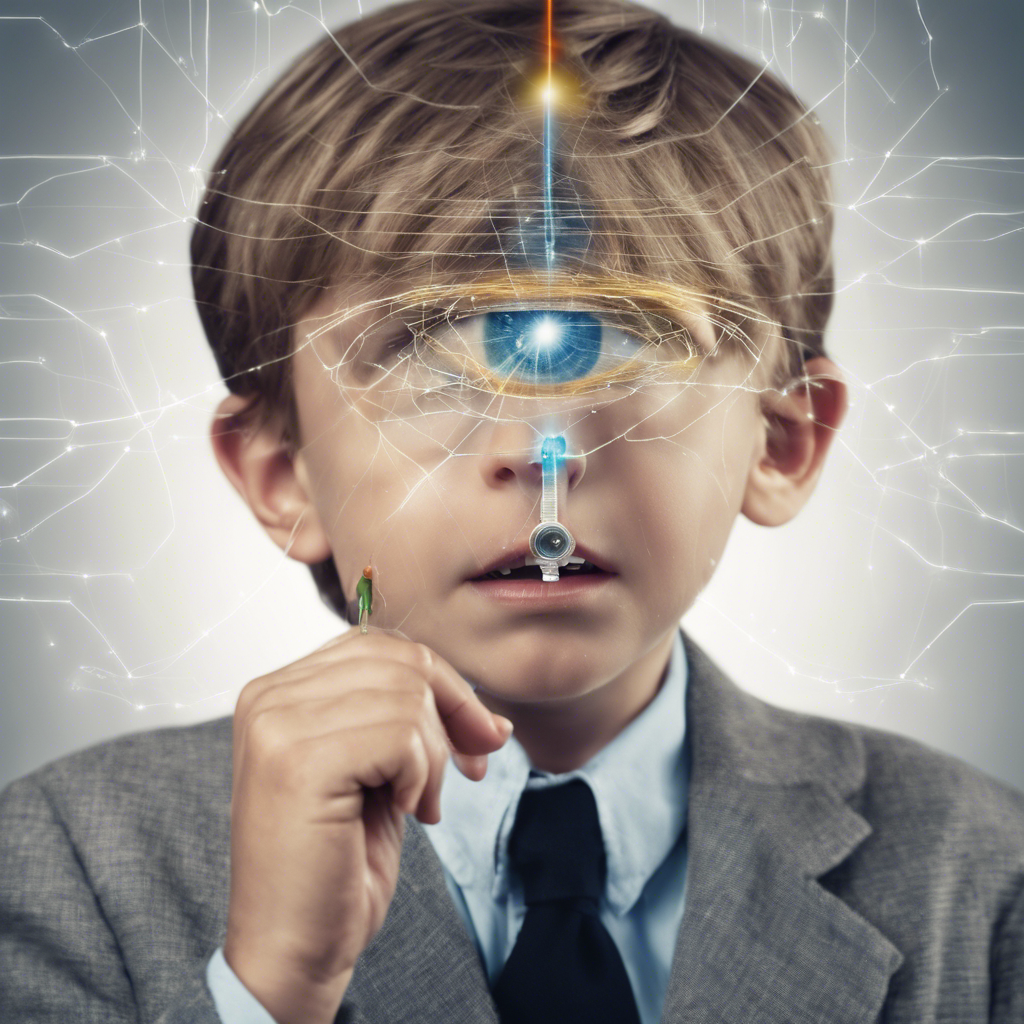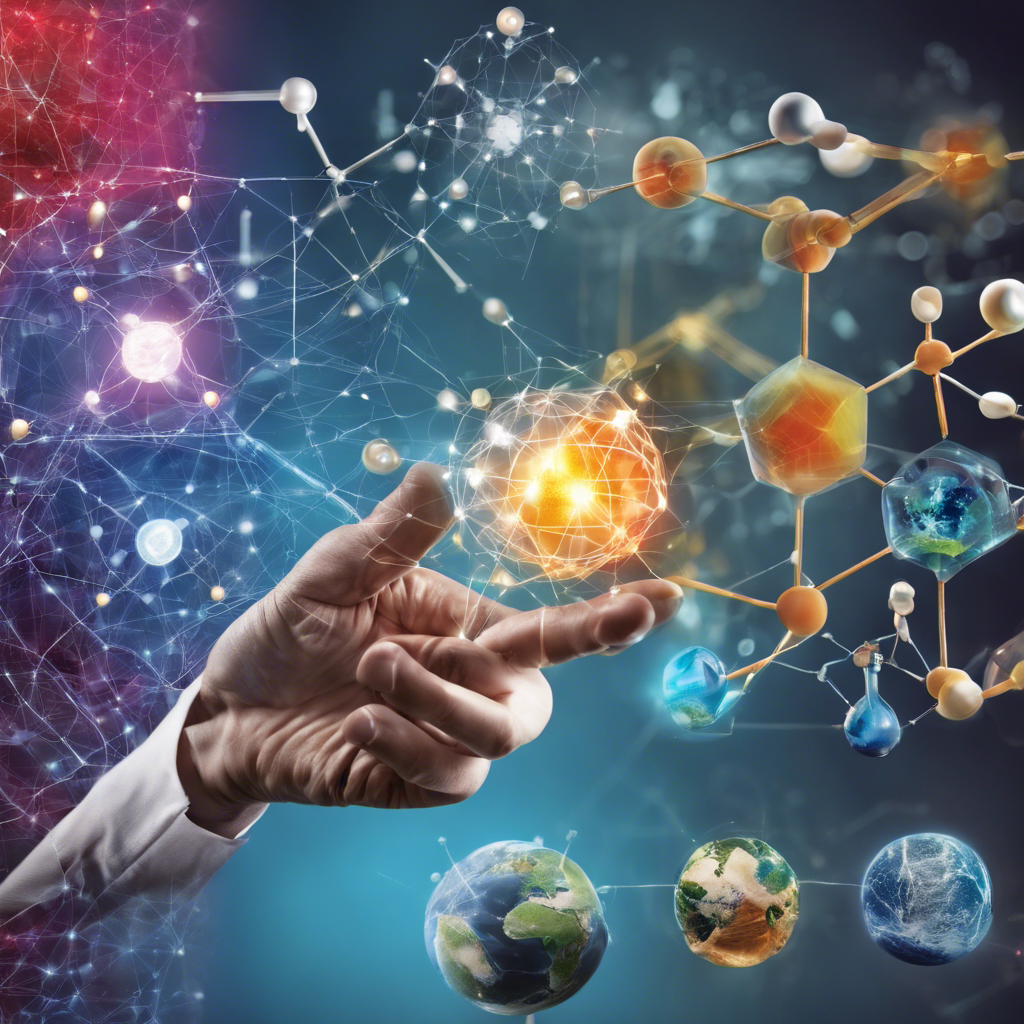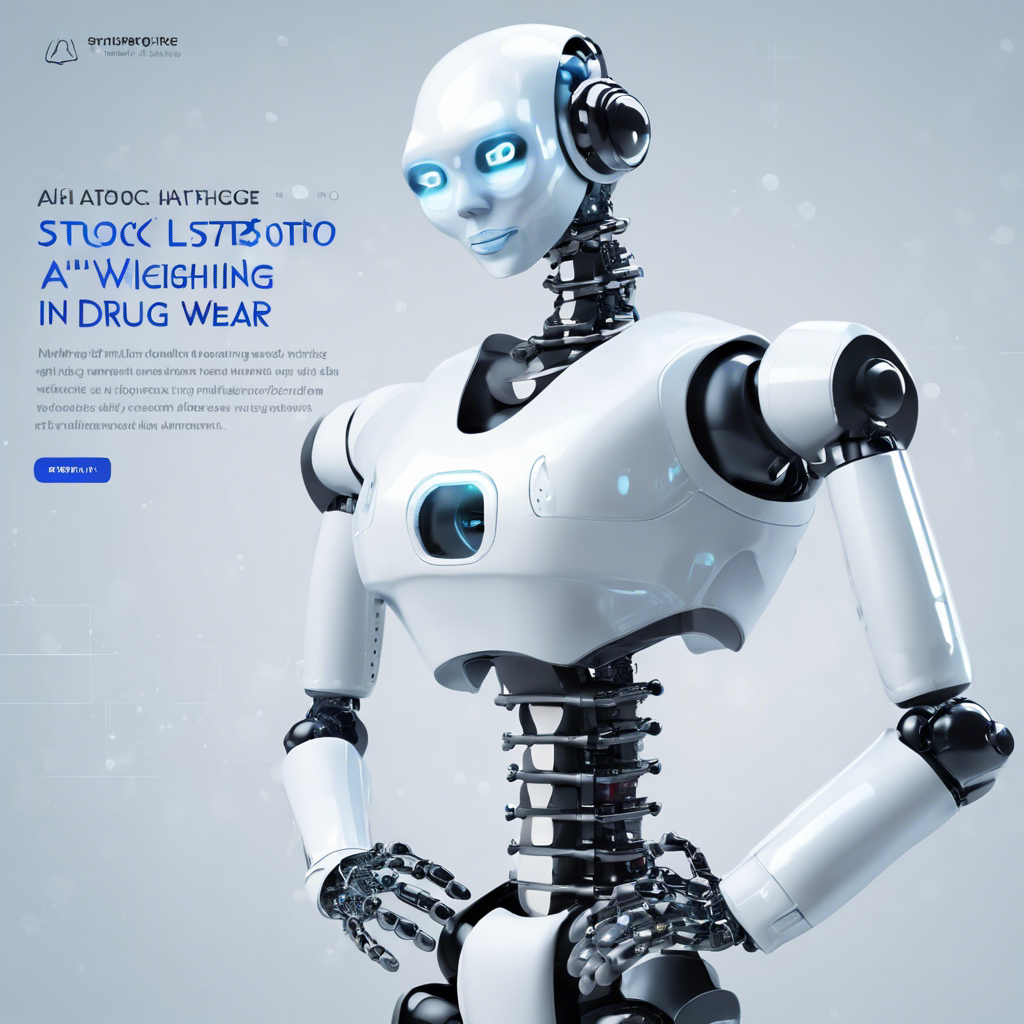From brainy computers to quantum batteries, here are the most bizarre scientific discoveries of the year
While some scientists are focused on tackling climate change and curing diseases, others are delving into the realms of the strange and unusual. In 2023, the world of science brought forth a series of mind-boggling and eccentric discoveries that left us questioning the boundaries of our understanding. From growing human brain tissue on computer chips to spotting stars made of dark matter, these top 10 weirdest science stories of the year took us on a journey through the bizarre and fascinating. Let’s delve into these peculiar tales and explore the unique insights they offer.
Brainy computers:
Australian company Cortical Labs made headlines this year with their groundbreaking experiment involving human brain tissue and computer chips. By growing neurons from stem cells and connecting them to silicon chips, researchers taught the neurons to perform computing tasks and even play Pong. Similarly, another team developed “Brainoware,” using brain organoids to recognize voices and perform mathematical tasks. While these systems are still far from achieving consciousness, ethical guidelines must be established as we navigate this uncharted territory.
Did James Webb spot stars made of dark matter?
The launch of the James Webb Space Telescope opened up new possibilities for cosmic discoveries. Astronomers suggest that the telescope may have spotted the first candidate signatures of “dark stars” – invisible objects that generate heat from the annihilation of dark matter particles in their cores. These colossal entities, 10,000 times wider than the Sun, challenge our understanding of the universe’s formation. While the idea is speculative, further tests may provide answers to this cosmic enigma.
Eerie AI dreams:
The rapid advancements in AI have led to both awe-inspiring and unsettling results. Video generation attempts by systems like ModelScope and Runway’s Gen-2 have produced surreal and nightmarish visuals that push the boundaries of the Uncanny Valley. From celebrities resembling drawings by blindfolded toddlers to bizarre scenarios involving spaghetti and amorphous blobs of beer, these AI-generated dreams leave us both fascinated and apprehensive about the future of AI.
Wardrobe wards off AI:
Italian fashion company Capable took a unique approach to outsmarting AI object recognition algorithms. They released a clothing line with flamboyant patterns designed to scramble AI systems and prevent facial recognition. While this solution may be temporary and easily countered, it injects a sense of fun into the potential dystopian future of AI surveillance.
Calling all aliens:
Scientists recently made their first communicative exchange with a non-human intelligence – a whale. While not extraterrestrial in nature, this interaction served as practice for potential future encounters with aliens. By broadcasting recordings of whale vocalizations, scientists aim to develop filters that can decipher alien messages by identifying rule structures. With the help of whales, humanity may be better prepared for our first contact with intelligent beings from beyond our planet.
Where is love? (Baby don’t hurt me):
Scientists have embarked on a unique endeavor to map out where different types of love are felt in the body. Participants were asked to color in a human silhouette, indicating the physical and mental intensity of 27 different kinds of love. Interestingly, every type of love was felt in the head, with many also being experienced in the chest. Love for children or parents was intense around the heart, while sexual love was strongest slightly lower. This study provides intriguing insights into the physical sensations associated with love.
Time used to tick slower:
Physicists studying quasars billions of years away have discovered that time ticked slower in the early universe compared to the present. This phenomenon, known as time dilation, arises from relativistic effects that warp the fabric of spacetime. While time may appear to be speeding up for us, it was all relative to the observers in the early universe. This finding further deepens our understanding of the intricate nature of time.
What can we learn from a mountain of bird poo:
In Argentina, scientists stumbled upon a treasure trove of historical information in a massive pile of bird droppings. By studying the layers of the deposit left by Andean condors over 2,200 years, researchers gained insights into the birds’ dietary habits and the impact of human activity on their feeding patterns. The analysis revealed a shift from native species to sheep and cows after European settlers arrived. This unusual source of information offers a unique perspective on the ecological changes that have occurred over centuries.
The genetic mystery of a woman who feels no pain:
Jo Cameron, a Scottish woman, possesses a rare genetic mutation that renders her almost impervious to pain, fear, and anxiety. Scientists discovered that mutations in two genes, FAAH and FAAH-OUT, as well as other gene variations, contribute to her unique abilities. This finding could potentially lead to the development of new treatments for pain relief and mental health symptoms.
Powered by paradoxes:
Quantum batteries emerged as one of the most mind-bending discoveries of the year. These batteries harness the paradoxical nature of the quantum world to charge faster and more efficiently. Causality exists in a superposition of forwards and backward in these batteries, challenging our understanding of time’s flow. This breakthrough could revolutionize battery technology and open up new possibilities for energy storage.
Conclusion:
The top 10 weirdest science stories of 2023 have taken us on a journey through the strange and fascinating realms of scientific exploration. From growing brain tissue on computer chips to decoding the language of whales, these discoveries push the boundaries of our understanding and challenge our preconceived notions. As we navigate the ever-evolving landscape of scientific advancements, these peculiar tales remind us of the inherent curiosity and creativity that drives human progress.











